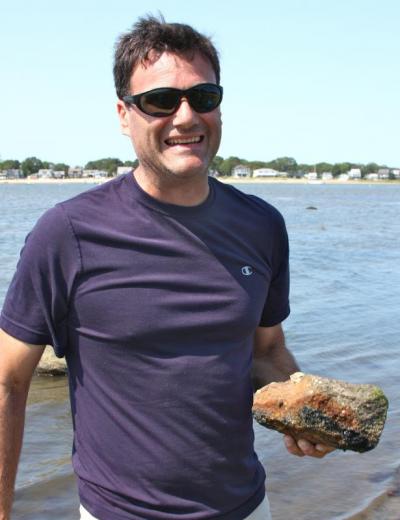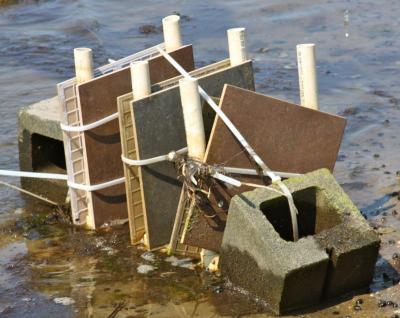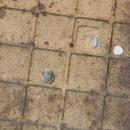Wareham eyed in oyster restoration project
The Virginia-based Nature Conservancy is researching whether natural oyster reefs, which have largely been wiped out by humans, can be restored with a little help from humans.
And the nonprofit has its eye on Wareham's waterways.
Though the idea may provoke visions of delicious oysters on the half-shell, the Nature Conservancy hopes that an uptick in natural oyster reefs will cut down on nitrogen and other pollution in the waterways, said Jon Kachmar, Southeast Massachusetts Director of The Nature Conservancy.
"Oysters are incredibly important to coastal ecosystems," Kachmar explained. (He noted that wild oysters, which typically have jagged shells, aren't exactly as tasty as those farmed for human consumption.)
Dredging, disease, and fishing has contributed to a diminished presence of natural oyster reefs, which provide a buffer during tidal surges as well as a habitat for other marine-dwellers, Kachmar said.
Oysters also naturally filter water at a rate of 30 to 50 gallons per day, which gets rid of sediment, nitrogen, and other pollutants, Kachmar said.
The problem? "There just isn't enough hard substrate," explained Kachmar. That is, the surface to which "spat" -- oyster spawn -- attaches and grows. Oysters larvae have two weeks to settle on hard substrate or they die.
So, The Nature Conservancy is deploying spat-collection equipment to see where oysters are spawning, with the eventual goal to place equipment in those areas to help the oysters along.
Little Harbor, the Wareham River, and Codman Point in Wareham are being explored, as well as locations in Fairhaven and Gosnold.
The equipment, which was placed in Wareham in June, consists of ceramic tiles attached to PVC pipe. The tiles are monitored regularly, with the spat counted and recorded.
The equipment will be removed in October, and researchers will have an idea of how Wareham's potential for oyster restoration compares to other areas.
The Nature Conservancy is currently raising funds to continue the project, which is in its infancy. The ultimate goal is to "restore [wild oysters] to levels we used to have," Kachmar said.
For more information about The Nature Conservancy, visit www.nature.org.














